INCA TAC 31Ti silencer for handguns with pulse generator | 3D print Tactical Titan Silencer | 100% function
€ 1.160,25 (€ 975,00 excl. VAT)
The optimum tactical silencer for extreme use.
... or to put it another way: MORE Performance, MORE Resilience, LESS Weight with your INCA TAC silencer!
Austria Customers: Due to the legal situation, collection directly from us or from the local gunsmith is possible - see selection field!
Germany Customers: Due to the legal situation, collection from DE importer or delivery by DE importer - see selection field!
The sale will only take place after the owner's licence has been checked!
Delivery time: 2-5 days

SCHALLDÄMPFER INCA TAC 31Ti | 100% TITAN SILENCER FÜR KURZWAFFEN | MONOLITHISCHE 3D DRUCK BAUART | 100% FUNKTION GARANTIERT
The INCA® TAC silencer sets New standards for professional applications for fully and semi-automatic weapons and stands for state-of-the-art technology, precision and protection.
Developed for Toughest conditions such as full auto or self-loaderthe TAC series offers a solution for all those who rely on Maximum reliability and maximum reduction noise level without compromising on safety or user-friendliness.
The titanium material used for the 3D printing of this silencer is the ductile Titanium Grade 23 (a titanium alloy with aluminium and vanadium) is used
In order to meet the requirements for precise, uniform and reliable damping performance, the INCA® TAC Suppressor manufactured using the 3D printing process.
This additive manufacturing method enables unrivalled precision and density. Each layer of the silencer is produced layer by layer from 100% Titanium to create a uniform, monolithic structure.
Thanks to the monolithic construction is available with the INCA® HOT No weld seams or jointswhich could serve as potential weak points.
For the military, official and demanding civilian use (e.g. IPSC disciplines) the INCA® TAC offers a combination of robustness, advanced sound attenuation technology and particularly uncomplicated handling.
The INCA® TAC is designed for simplicity and efficiency. With only three essential parts in the TAC K44Ti and TAC K50Ti models this silencer offers unrivalled reliability.
No gas pressure adjustments necessary in the self-loading system - a great advantage for the weapon load and service life of the bolt control units
The TAC series is for fully and semi-automatic machines developed. Due to the Minimising the gas back pressure no gas pressure adjustments are necessary.
By minimising the gas back pressure, it is possible to use the weapon without additional gas pressure adjustments, which increases operational readiness and ensures reliable, uninterrupted operation of the weapon.
A noise level of less than 137 dB at the shooter's ear protects against permanent hearing damage.
| Designation Silencer | Weight | Diameter | Length | Length from mouth | Damping performance* |
| INCA TAC 31Ti | 235g | 31 mm | 200 mm | 185 mm | 34 dB |
| INCA TAC K44Ti | 420g | 44 mm | 185 mm | 170 mm | 35 dB |
| INCA TAC K50Ti | 440g | 50 mm | 185 mm | 170 mm | 36 dB |
* Measured at the ear of the shooter at a distance of 5 cm
Overview TAC SERIES
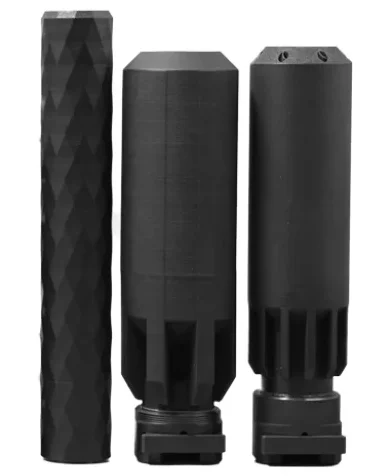
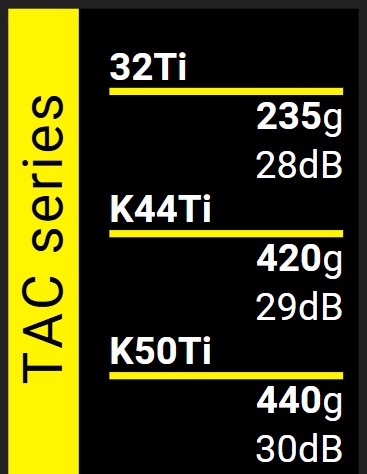
The INCA TAC Silencer innovation - Construction made of 3D printed, high-strength titanium with special gas flow structure
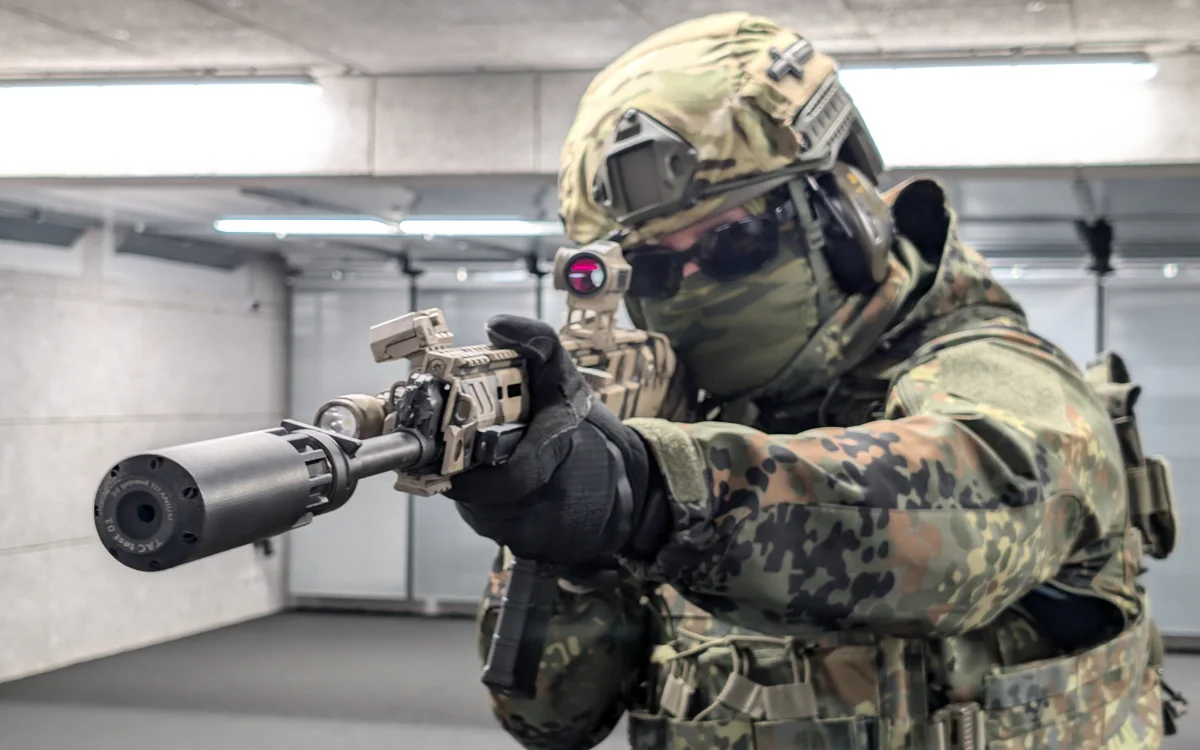
- No lateral forces on the damper thanks to guide ring adapted to the barrel
- Cleaning free
- Safe & precise
- Overpressure and splinter protection with low impact point displacement
- Efficient & light
- Best weight/performance ratio without being too top-heavy
- Narrow contour with minimal restriction of the field of vision
- Easily interchangeable adapters
Maximum titanium strength - for all .223 and .30 calibres
suitable for all labours
Principles of action of silencers in firearms: Scientific consideration and limitations
Silencers (suppressors) for firearms are based on the targeted manipulation of physical processes in order to reduce the sound pressure of the Muzzle blast to reduce the risk. From a scientific point of view, they combine thermodynamic, acoustic and aerodynamic principlesto fulfil their function. Nevertheless, their efficiency and mode of action are limited, as some physical phenomena cannot be fully controlled.1. pressure reduction and gas management
A main factor in the muzzle blast is the Pressure difference between the hot, compressed powder gases and the ambient air. Silencers delay the release of these gases by directing them into several expansion chambers.According to the general gas equation p⋅V=n⋅R⋅T (pressure, volume, number of particles, gas constant, temperature), the increase in volume leads to a decrease in pressure.Nevertheless, the sound pressure can only be reduced to a certain point, as the gases have to escape into the environment at some point.
2. thermal effects and energy conversion
The in the silencer materials used (there are big differences here) absorb heat energy of the expanding gases, which further reduces the temperature and thus the pressure.Theoretically, the sound intensity could be drastically reduced by perfect material design.However, there are limits, as even the efficient materials can only absorb limited amounts of heat and heat up with repeated use, which reduces their effectiveness.
3. sound wave control through reflection and interference
The chamber structure inside the silencer forces sound waves to reflect and refract several times. This causes destructive interference that reduces the overall sound. However, not all frequency ranges can be insulated equally efficiently. Low-frequency components (muffled noises) are more difficult to eliminate than high-frequency ones, which is a limitation of the technology.4. limits for supersonic ammunition
A fundamental limit of silencers is the handling of supersonic ammunition.At velocities above 343 m/s (speed of sound in air) a sonic boom (sonic boom)which is independent of the powder gas effects. Silencers can minimise this Do not eliminate the bangas it is physically caused by the projectile itself. To circumvent this, often Subsonic ammunition which, however, reduces the range and energy of the projectile.
5 Efficiency limits and legal restrictions
Even the best silencers can Bang of a gun cannot be completely eliminated. Studies show that the Noise reduction is often between 20 and 40 dBwhich makes the bang quieter, but not inaudible. These limits are also set by the physical properties of sound and the necessary projectile energy. In addition Legal requirements in many countries the construction and utilisation of such devices.Conclusion
From a scientific perspective, silencers are an impressive example of the application of physical principles to reduce noise. Nevertheless, their effect limited by thermodynamic laws, sound propagation mechanisms and the unavoidable dynamics of supersonic speeds. They can significantly reduce noise, but not completely eliminate it, and require optimised design to maximise their efficiencyScope of delivery FBT silencer INCA
1 Stk. SCHALLDÄMPFER INCA TAC 31Ti
| Weight | 0,3 kg |
|---|---|
| Brand | |
| Country of origin | Austria |
| Material | Titanium |
| Product type | Silencer |
SD Size Calibre
| Calibre | 9mm |
|---|
| Muzzle thread |
|---|
Only logged in customers who have purchased this product may leave a review.
You may also like…
Accessories
Related products
INCA HOT series
INCA HOT series
INCA HOT series


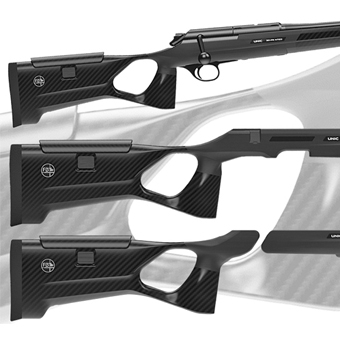
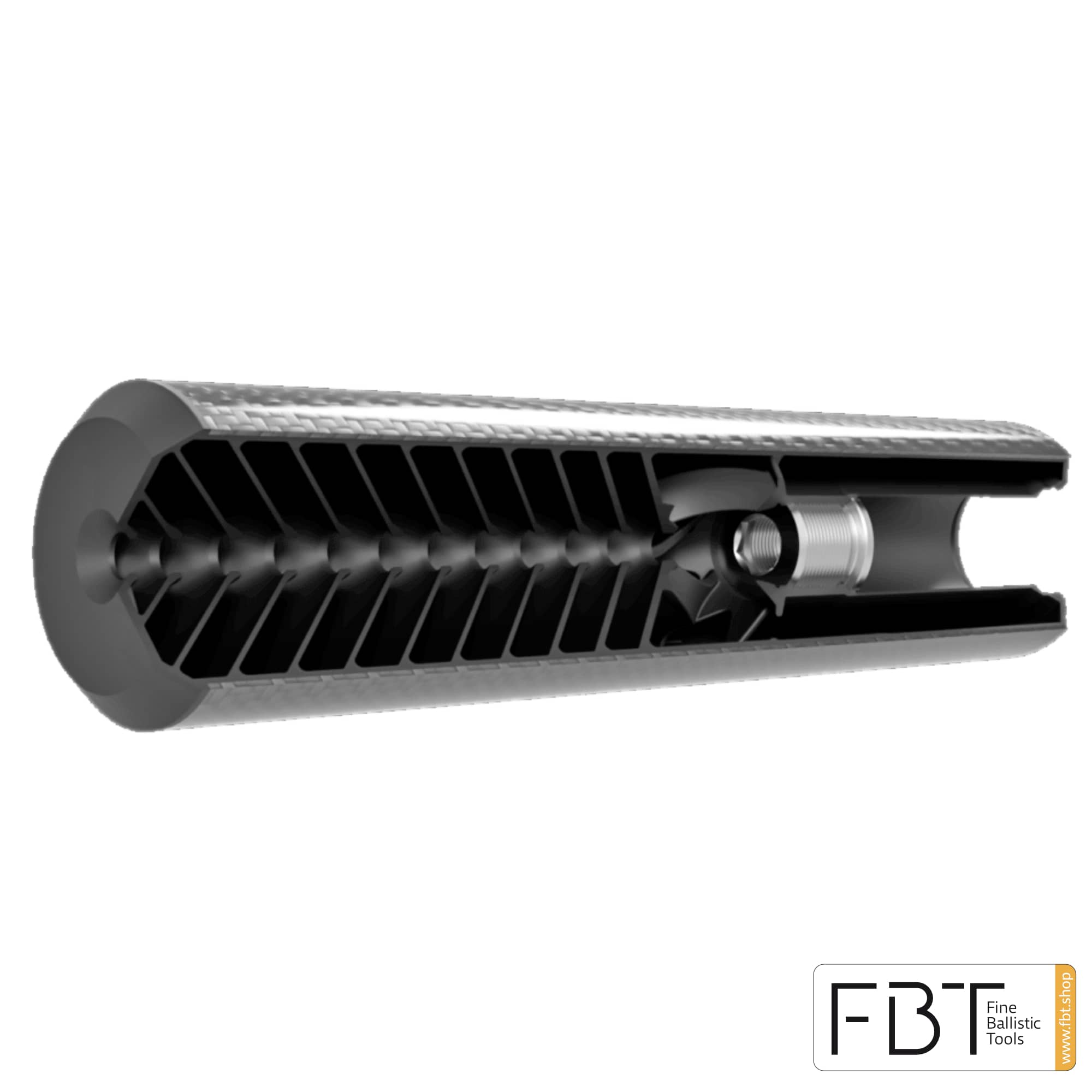
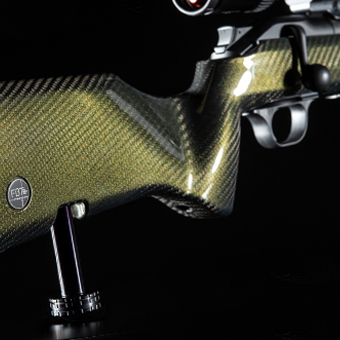
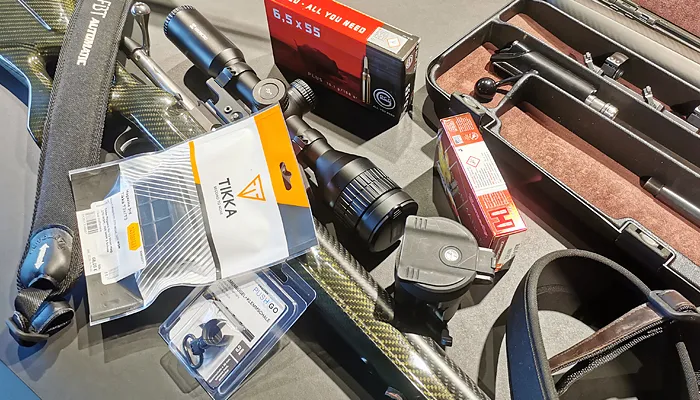
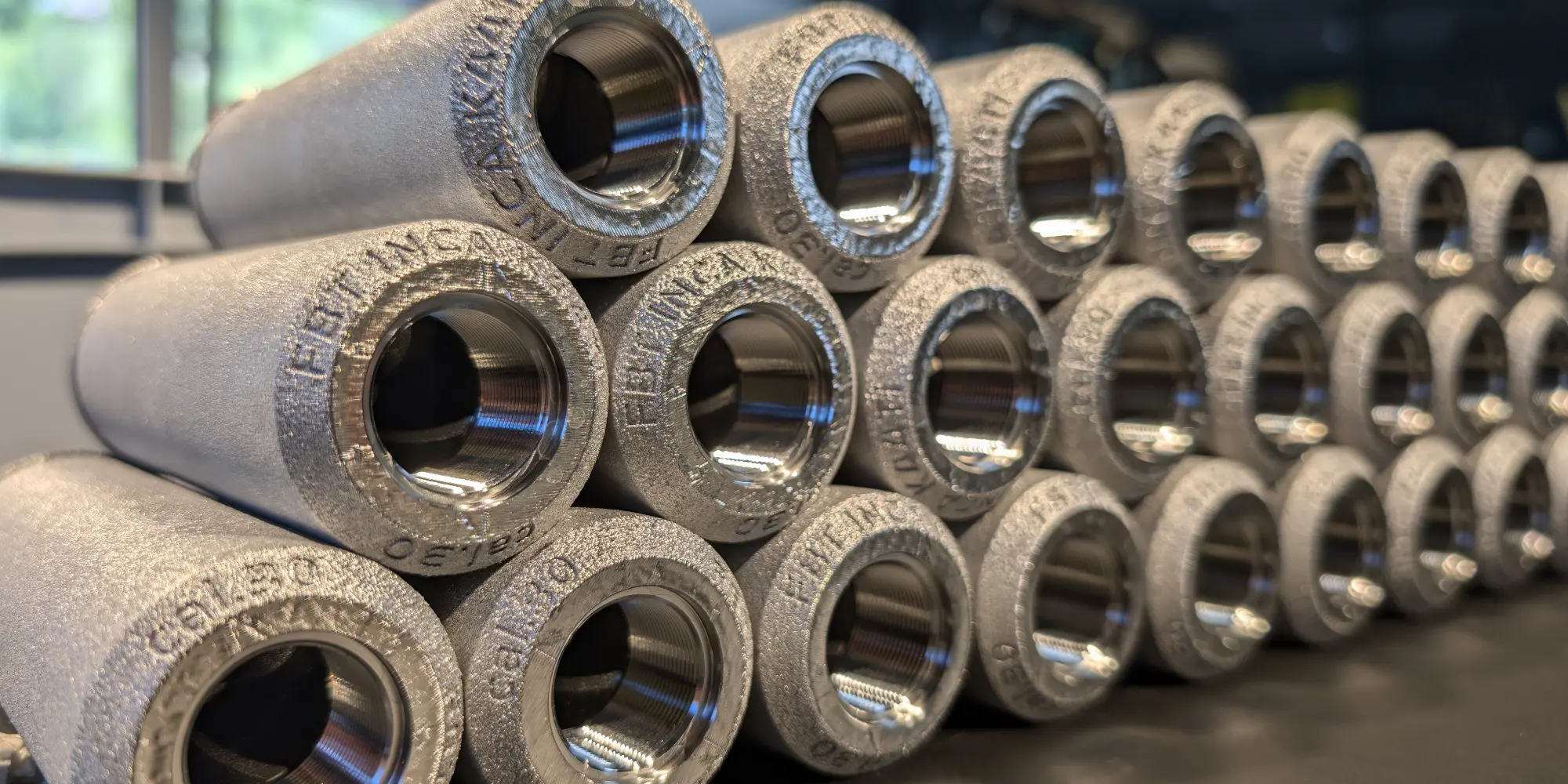
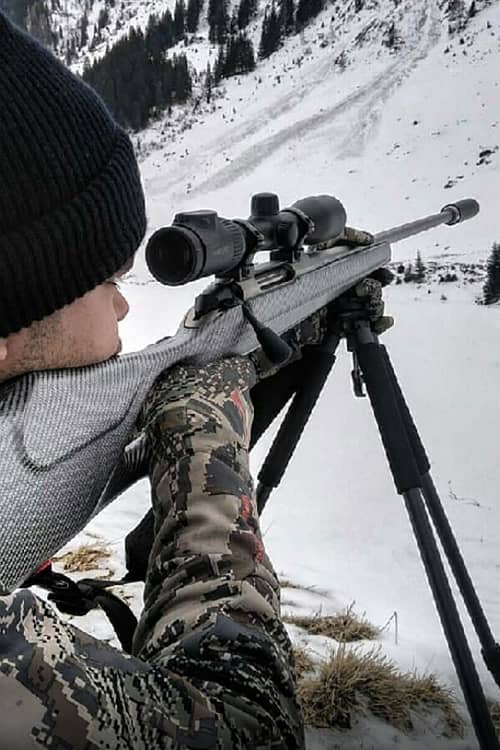
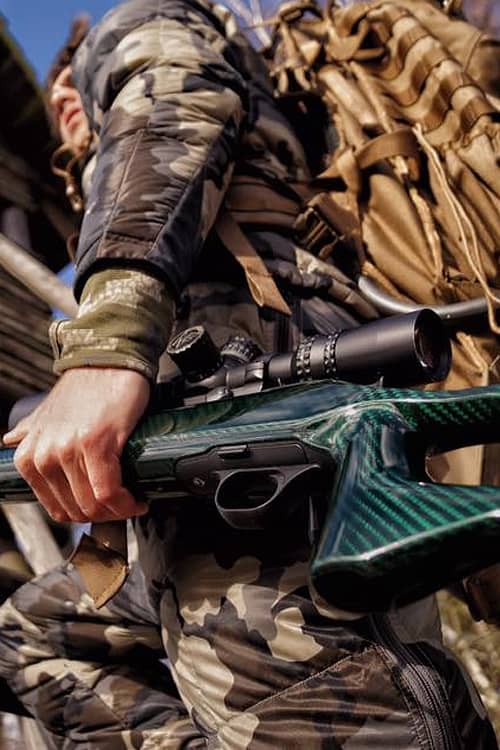
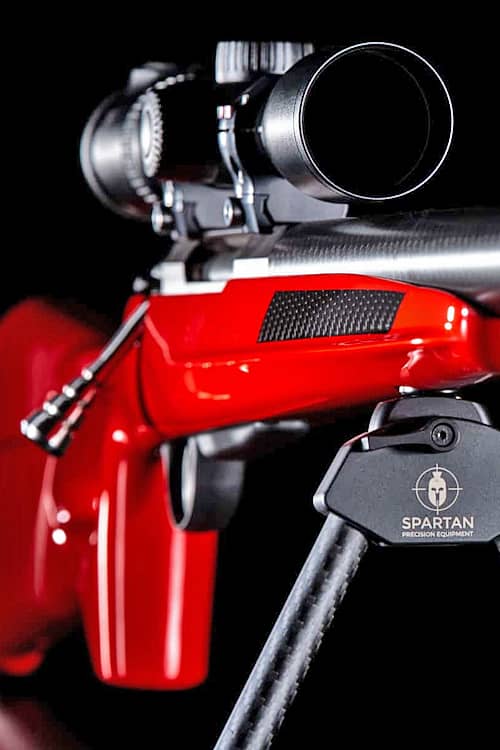

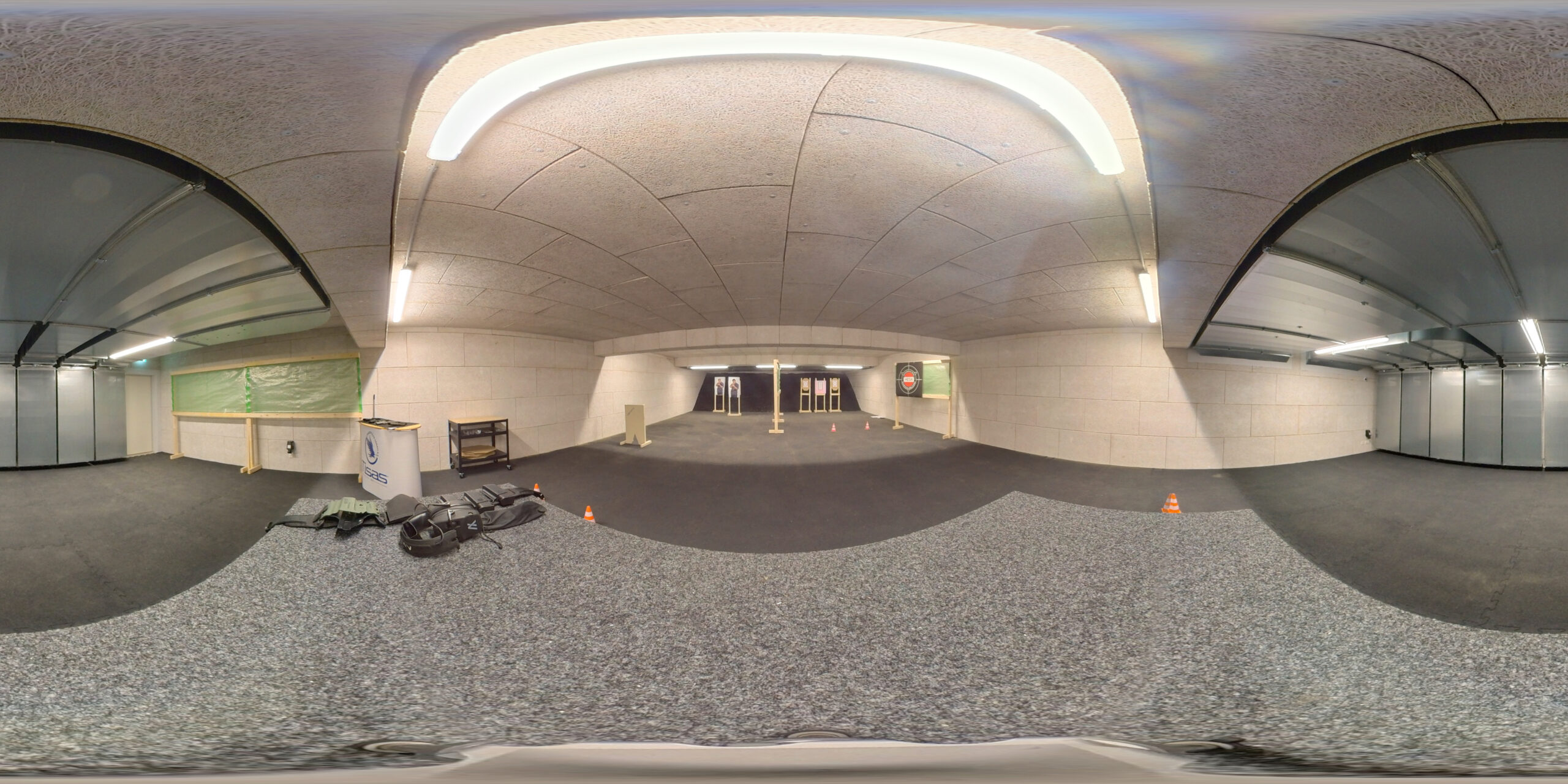
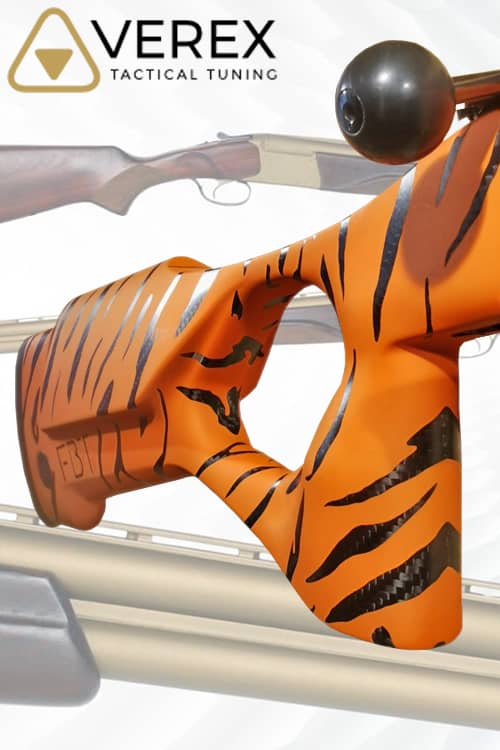

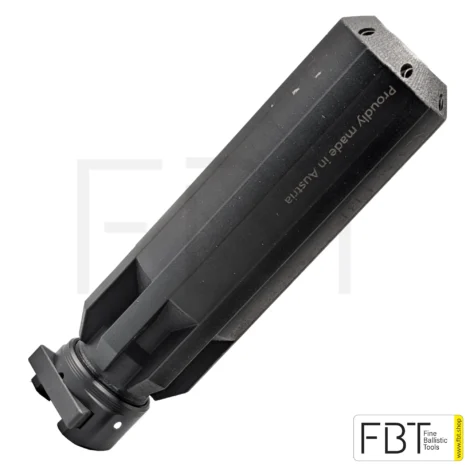

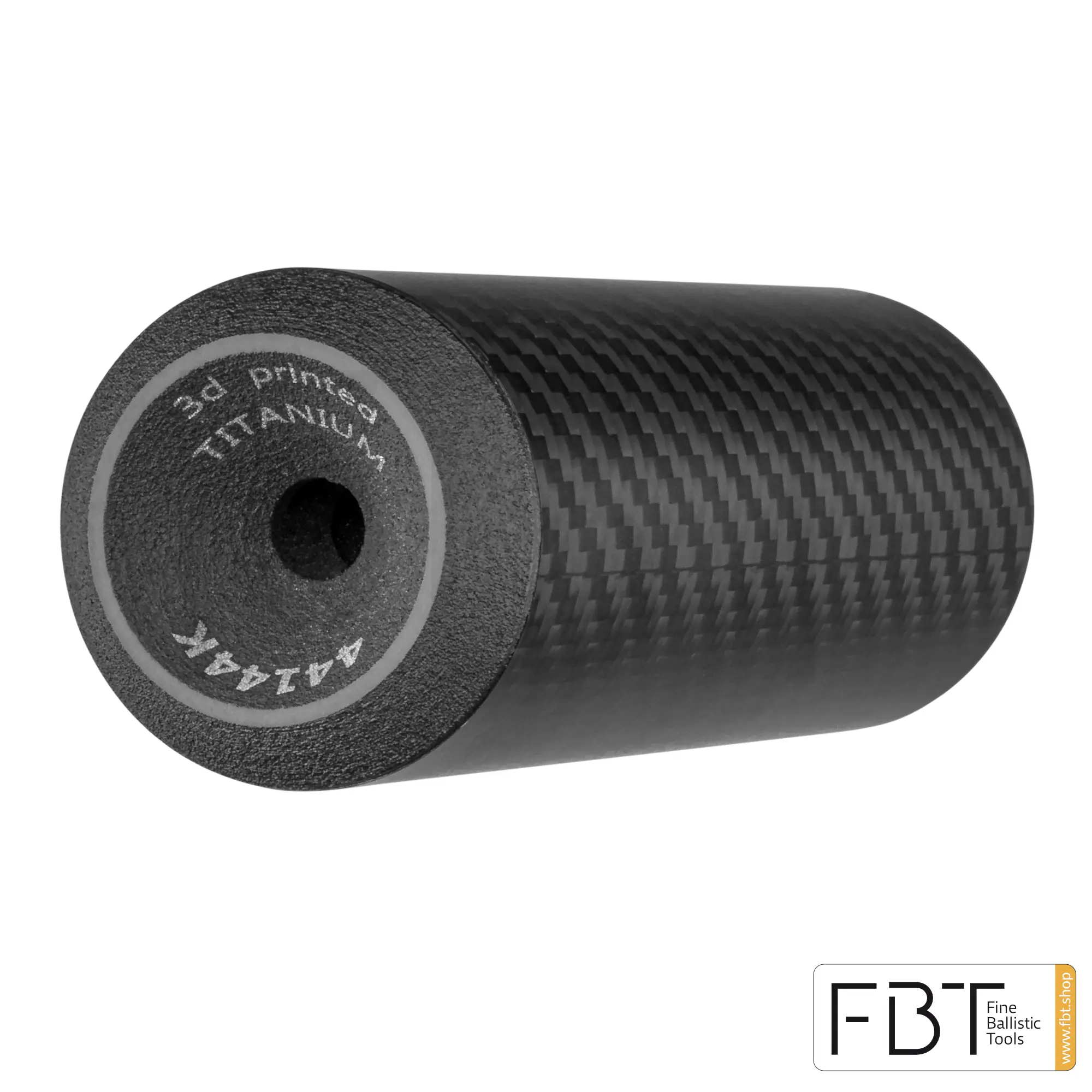
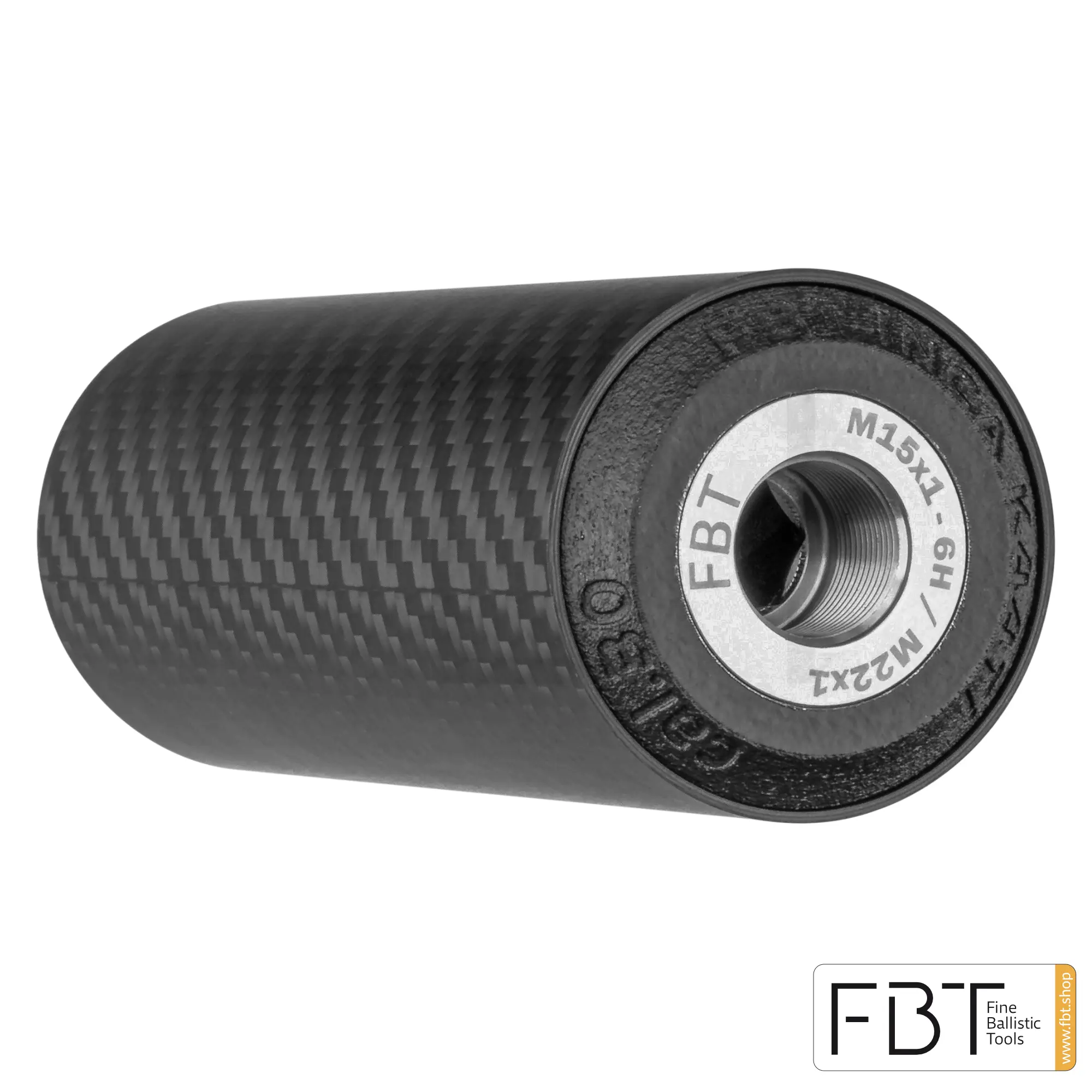
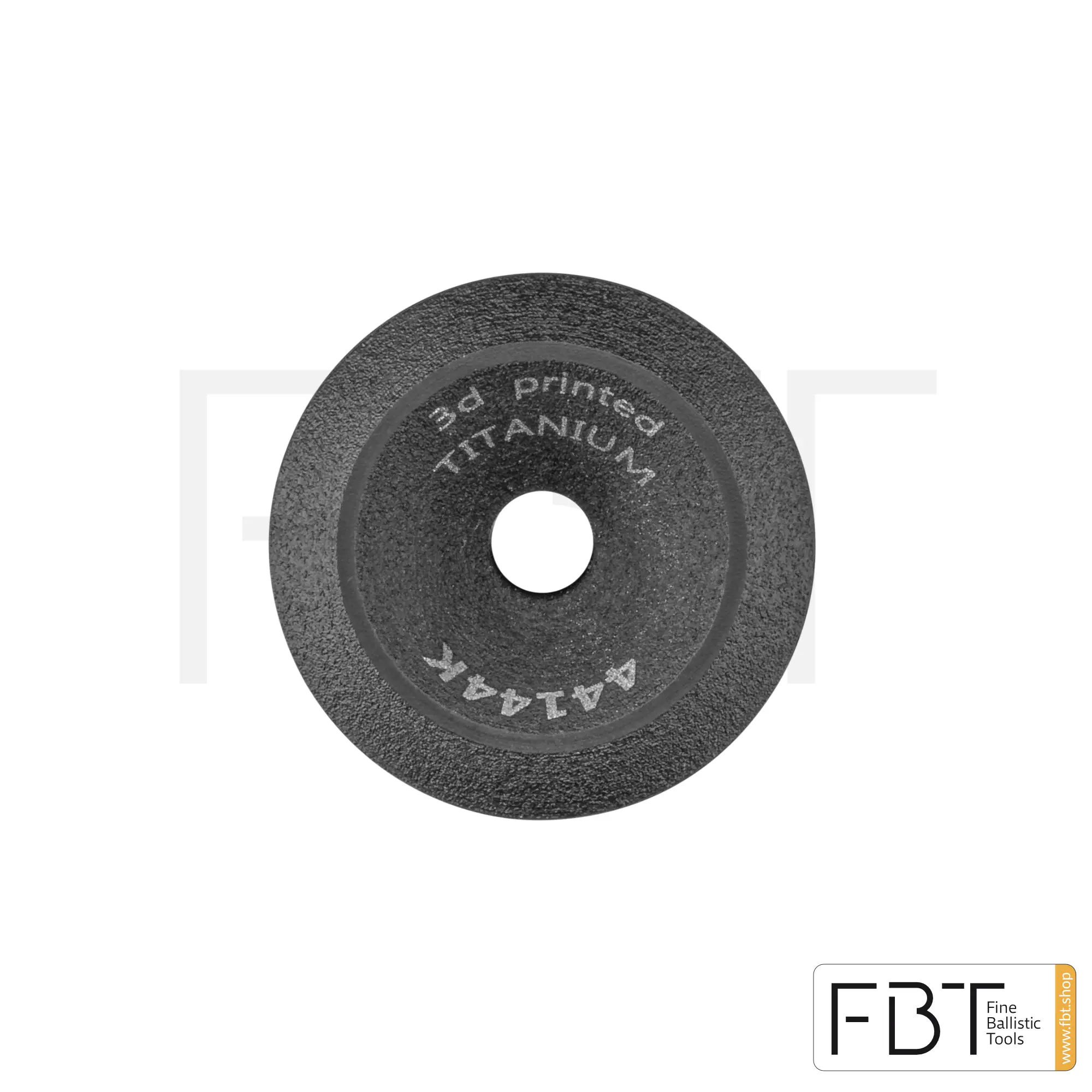
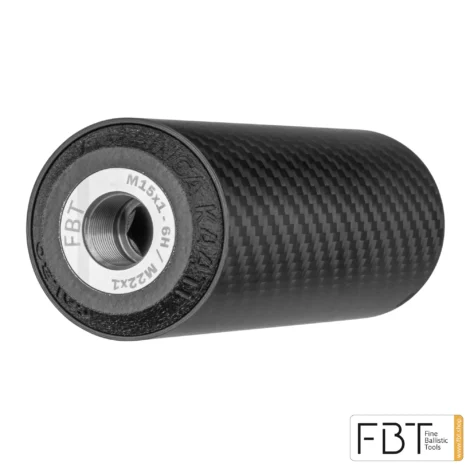
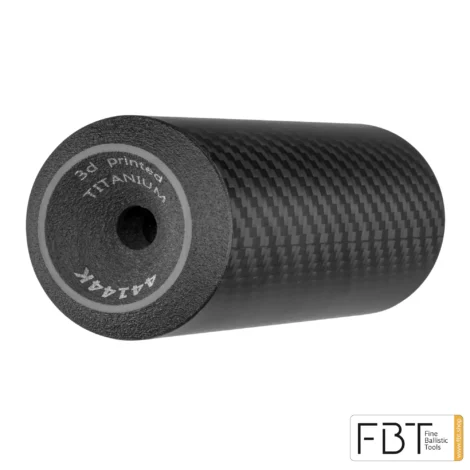
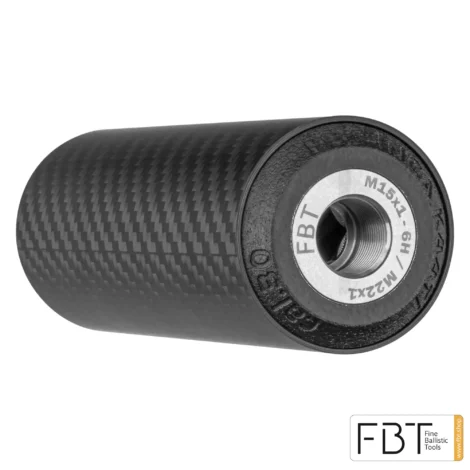
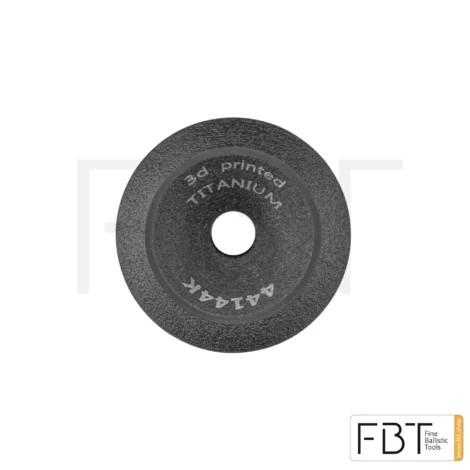
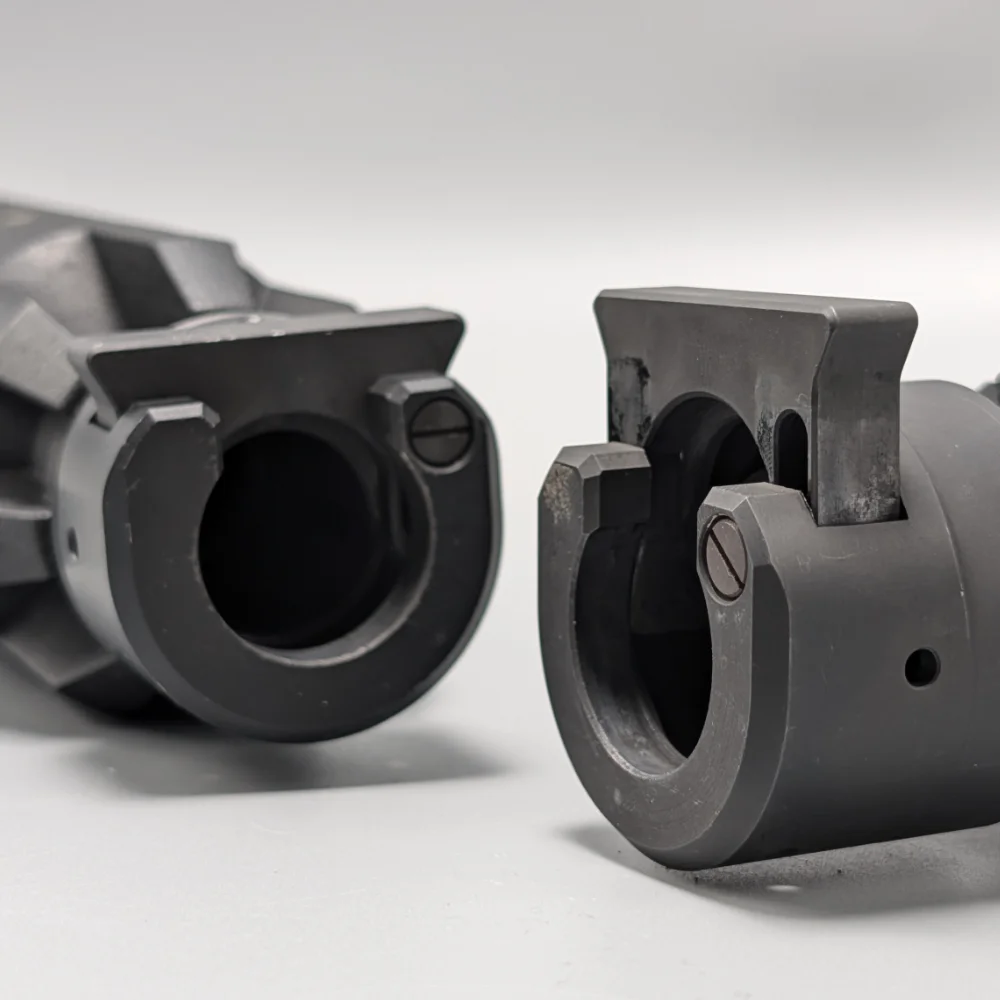
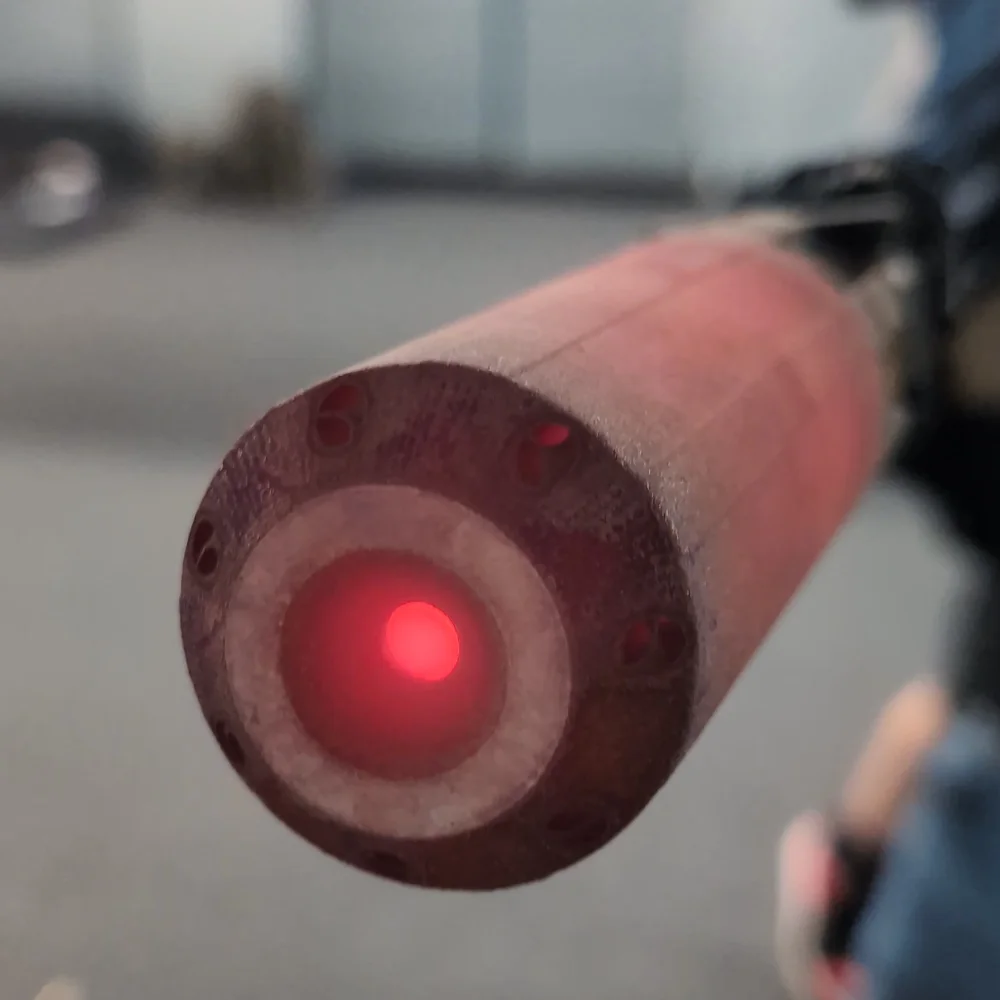
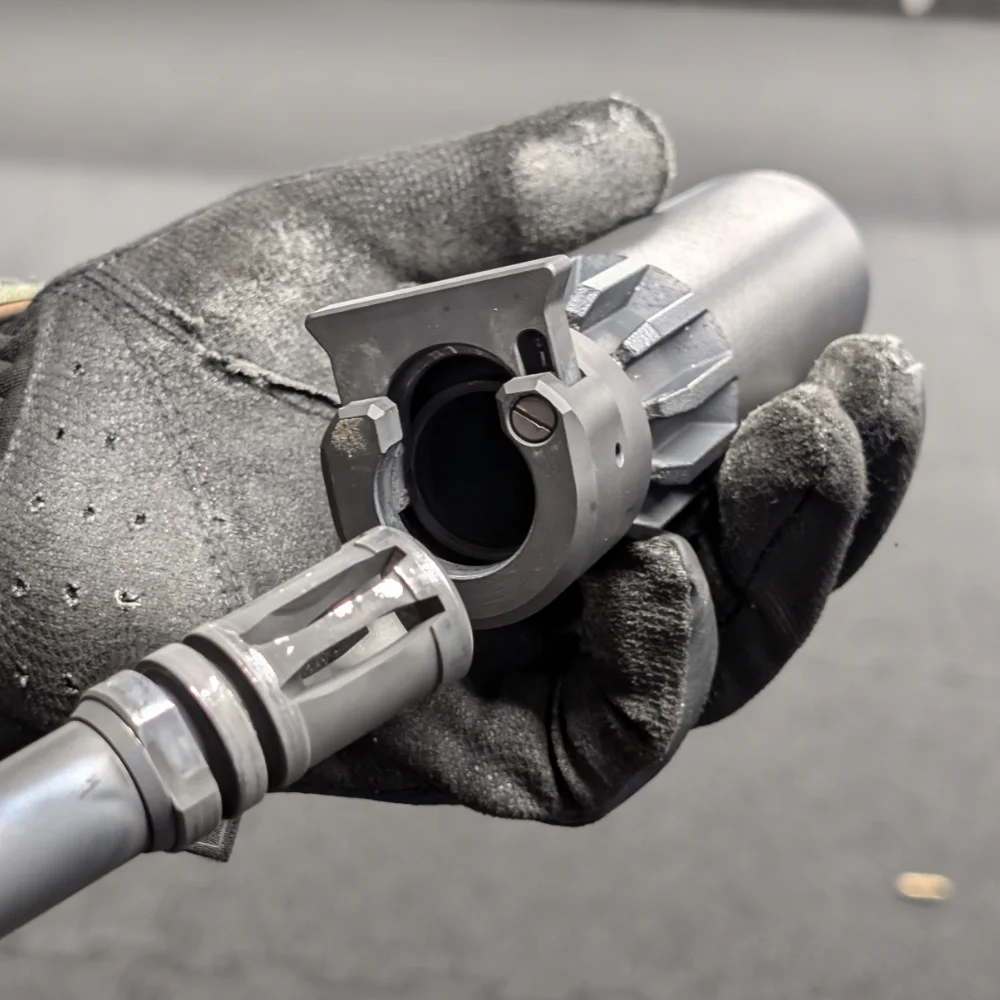
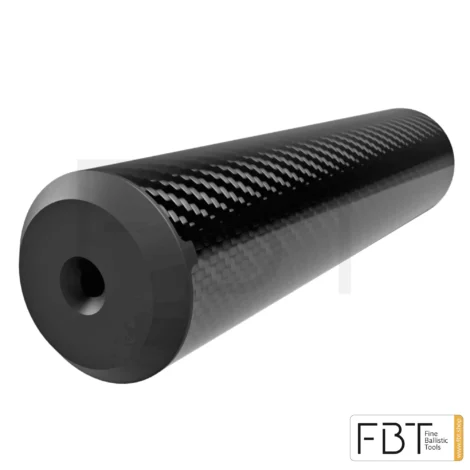
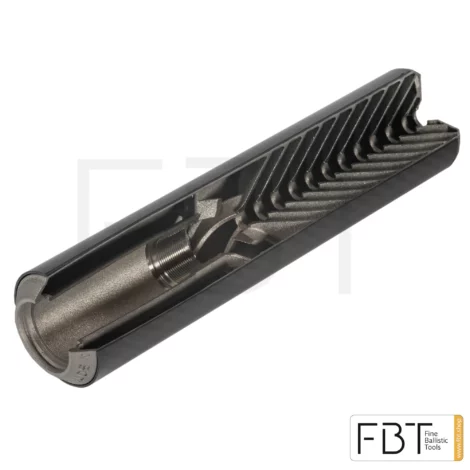
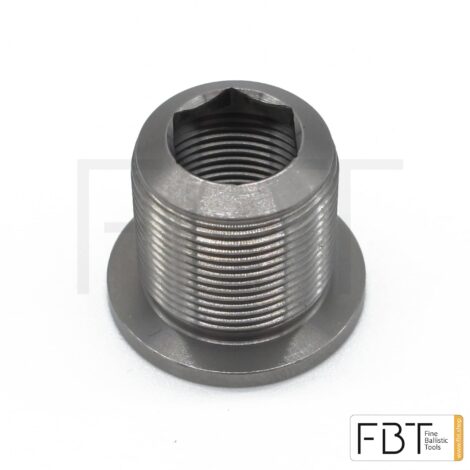
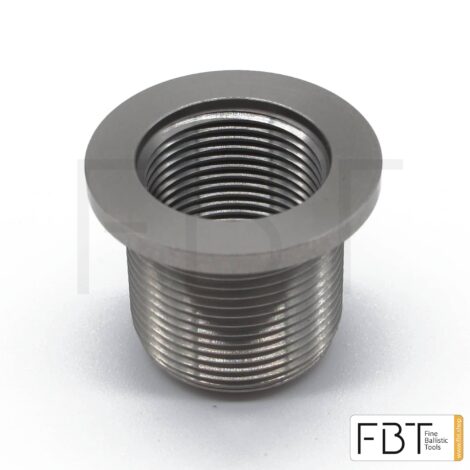
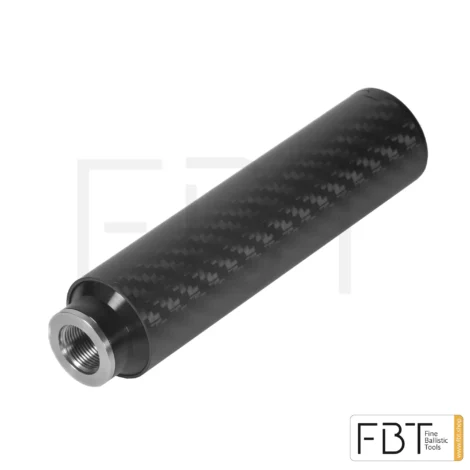
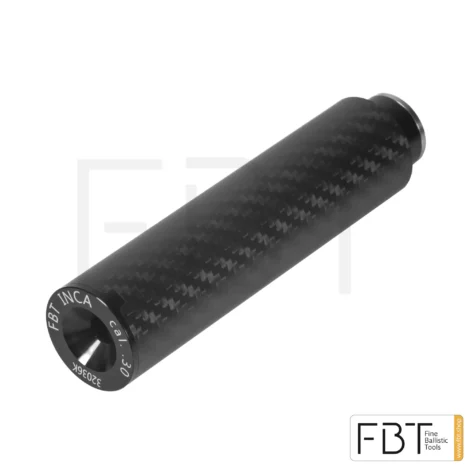
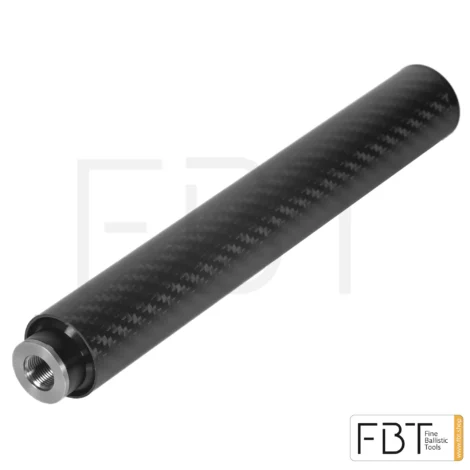
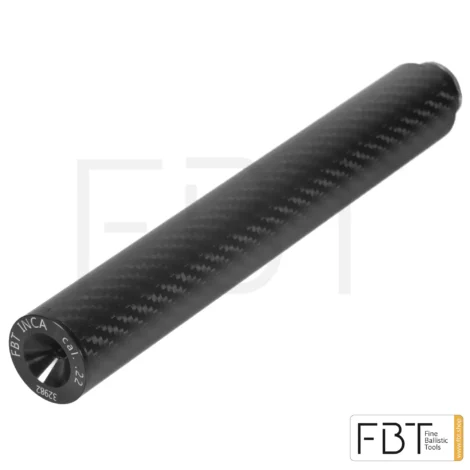
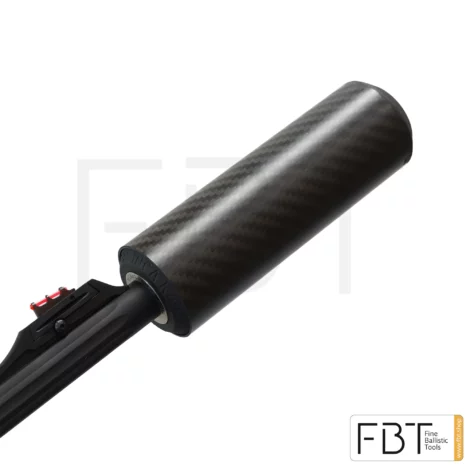
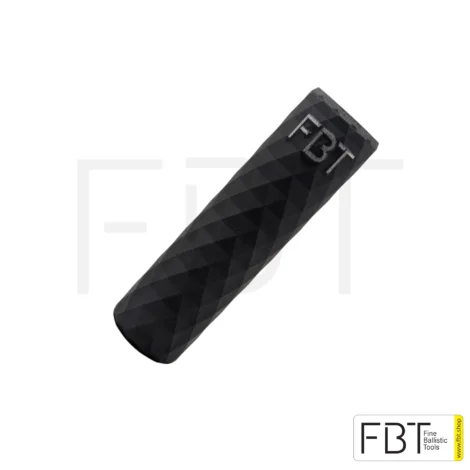
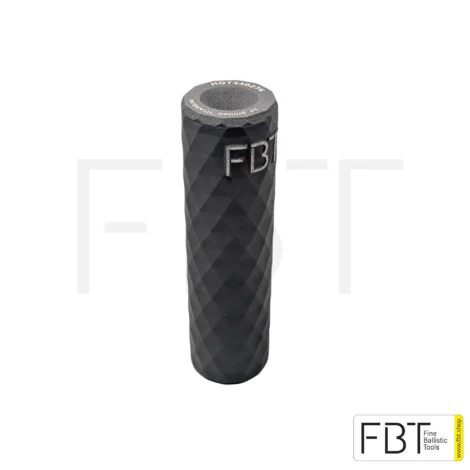
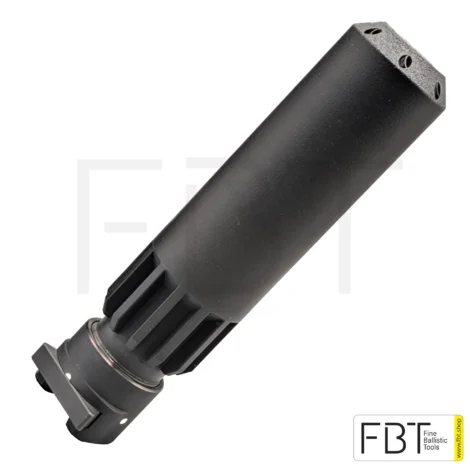
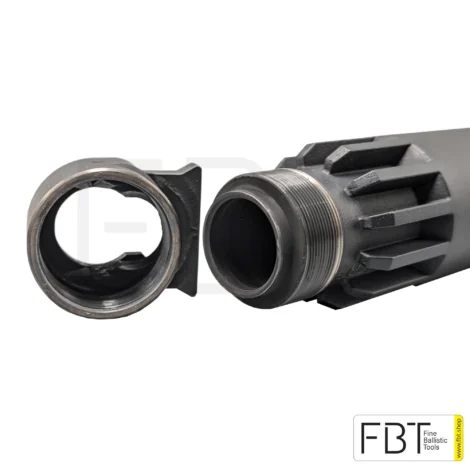
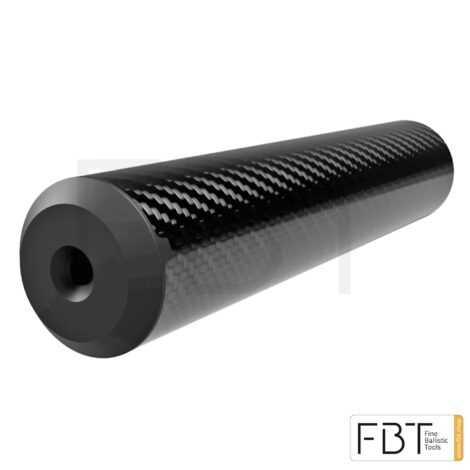
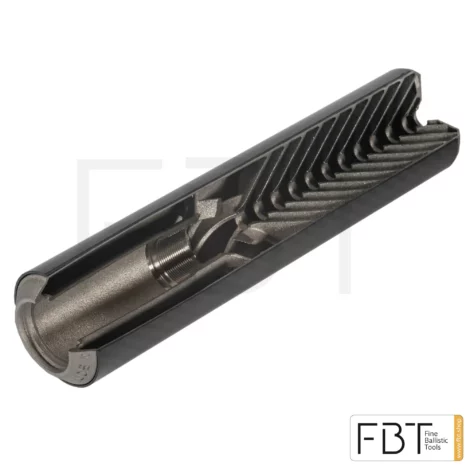
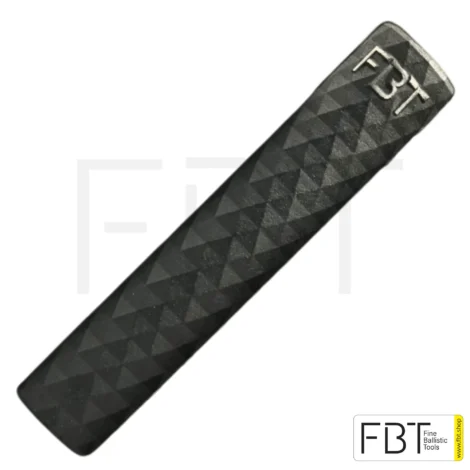
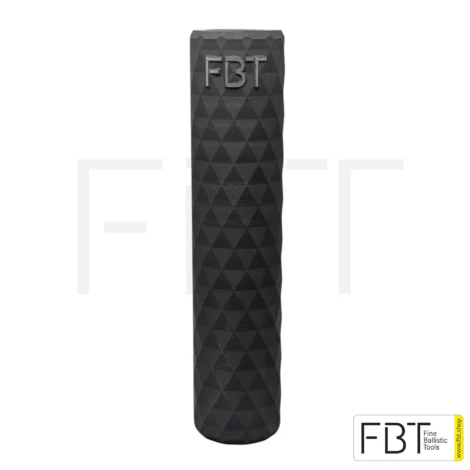
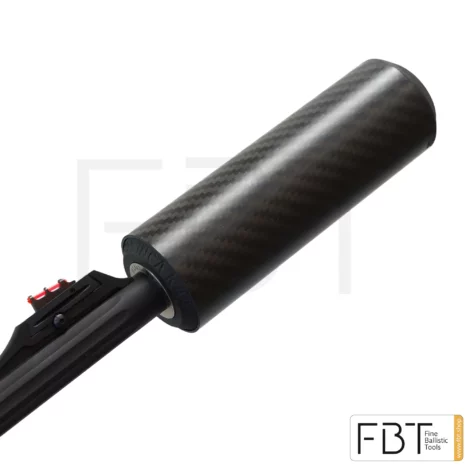
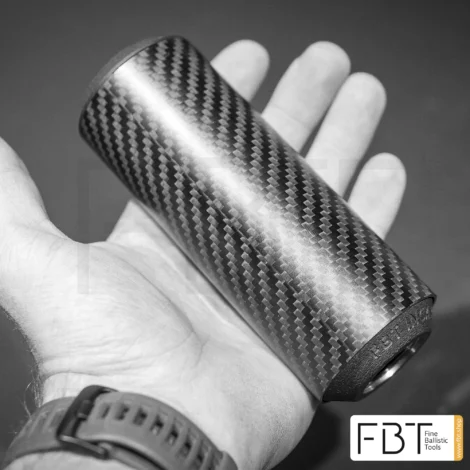
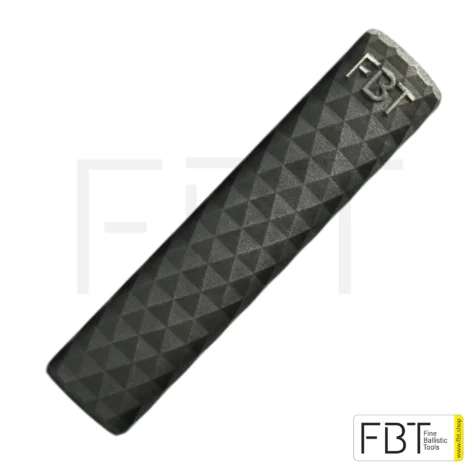
Reviews
There are no reviews yet